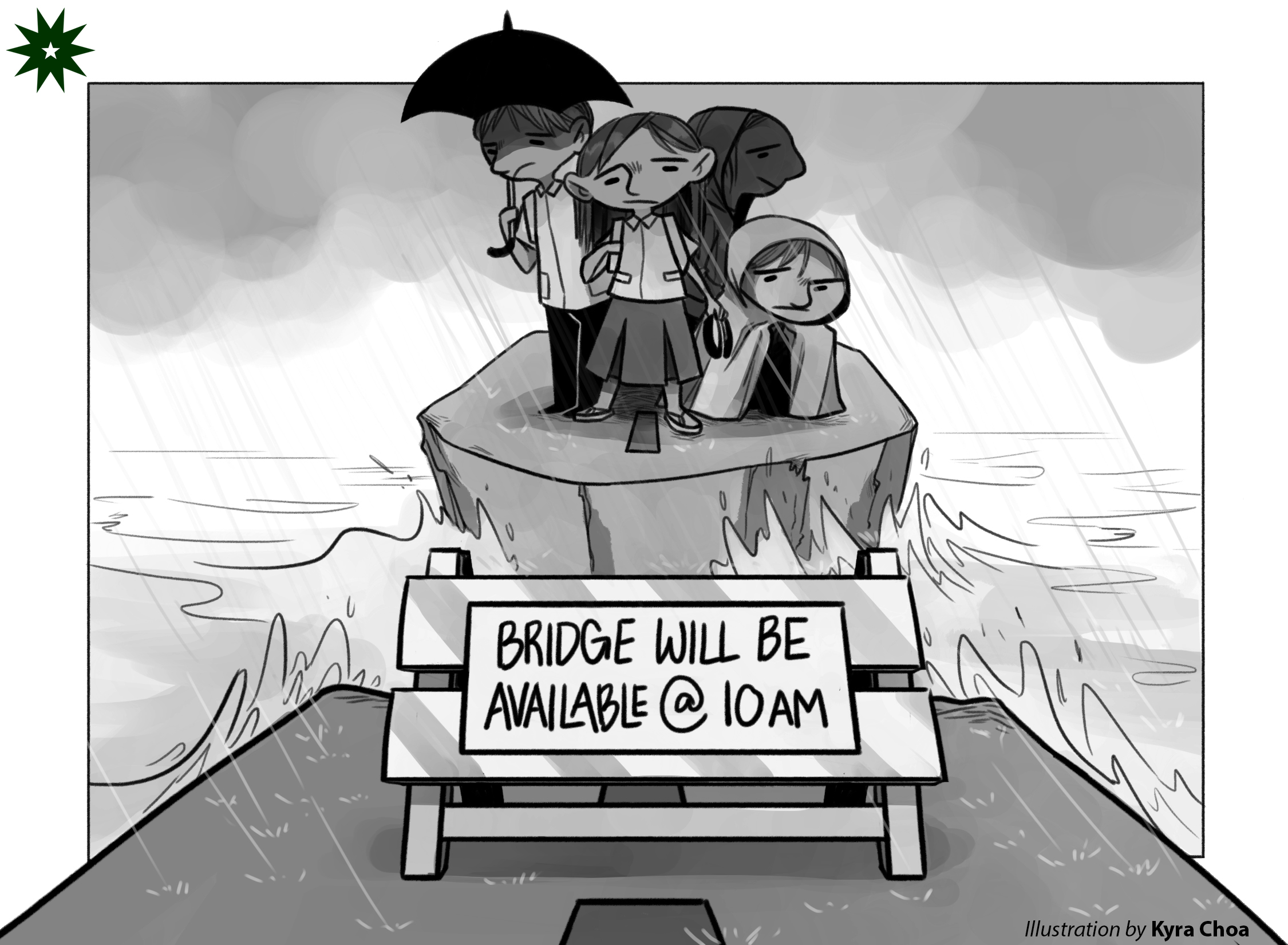With the arrival of the monsoon season naturally comes the anticipation for weather updates, which local governments and various institutions turn to as basis for taking precautionary measures, such as cancelling classes or office work. Coordination and efficiency are thus of paramount importance—especially when it comes to public safety.
This was perhaps what lawmakers in 2010 had in mind when they passed the Philippine Disaster Risk Reduction and Management Act, which was later ratified as Republic Act (RA) 10121. The law called for the creation of the National Disaster Risk Reduction and Management Council (NDRRMC) as the foremost agency responsible for disaster preparedness and response.
It was soon tested: in the years that followed, the Philippines weathered through the very notable Super Typhoon Yolanda in 2013, which saw a total of 6,300 reported deaths and over a thousand people missing, as per the NDRRMC’s final report. Local and international news outlets who covered the calamity on the ground criticized the government’s delayed and disorganized response—exposing flaws in the current disaster risk reduction and management setup.
President Rodrigo Duterte acknowledged this need for better disaster response in his 2017 and 2018 State of the Nation Addresses, calling on Congress to draft a law that will create an executive department to do just that. He reasoned that a department would have more power than NDRRMC, allowing it to respond and act on emergencies faster. On October 1, 2018, House Bill 8165, which called for the creation of the Department of Disaster Resiliency (DDR), was passed on its third and final reading.
Despite these attempts at improving disaster response, the country still remains as one of the most vulnerable to natural disasters. Out of 171 countries, the World Risk Index of 2018 lists the Philippines as the third country most vulnerable to extreme natural disasters, making it the third time the country obtained that ranking.
On a normal basis, we see this problem of response manifest. The typical process starts with the institutions who anticipate information from local governments who wait on the forecasts of weather watchers. Thus, a waiting game is played; if local governments don’t publish their decision, institutions become what people look to for direction.
Although weather forecasts by the Philippine Atmospheric, Geophysical and Astronomical Services Administration (Pagasa) are reported on a regular basis, citizens remain lost and confused in the absence of timely suspension announcements. Manila Mayor Isko Moreno Moreno previously assured people that he would make his announcements as early as 10 pm the night before or as late as 4 am on the day itself, depending on Pagasa’s warning. Yet, recent incidents have shown that this is not clear-cut, as rainfall warnings are not always immediately called despite floods being already reported along major roads.
Because local governments have so much on their plate, it makes sense to establish a council whose sole mandate is to handle the anticipation, preparedness, and gameplan for natural disasters. However, with all the legalities dependent on weather forecasts and meteorological statistics, the disaster risk system is only made more complicated by the additional figures involved in the decision-making process. Fast response and action that would have otherwise been effective then fall short in its effectiveness of ensuring citizen safety.
The country should counter the passive attitude toward an issue that should be tackled with utmost urgency. Time spent on establishing agencies or departments becomes less fruitful when funding could have been invested instead on strengthening shaky infrastructure, repairing sewage systems, providing adequate evacuation spaces, and securing unsafe power lines—solutions that can address the issues at their core.
It makes little sense for public officials to warn their constituents of impending floods if it is something within their control. Rather, they should strive to address infrastructure concerns to avoid floods in the first place, especially if it is evident that this is a perennial concern.
After all, when it comes to people’s lives, there is no such thing as playing it too safe.

